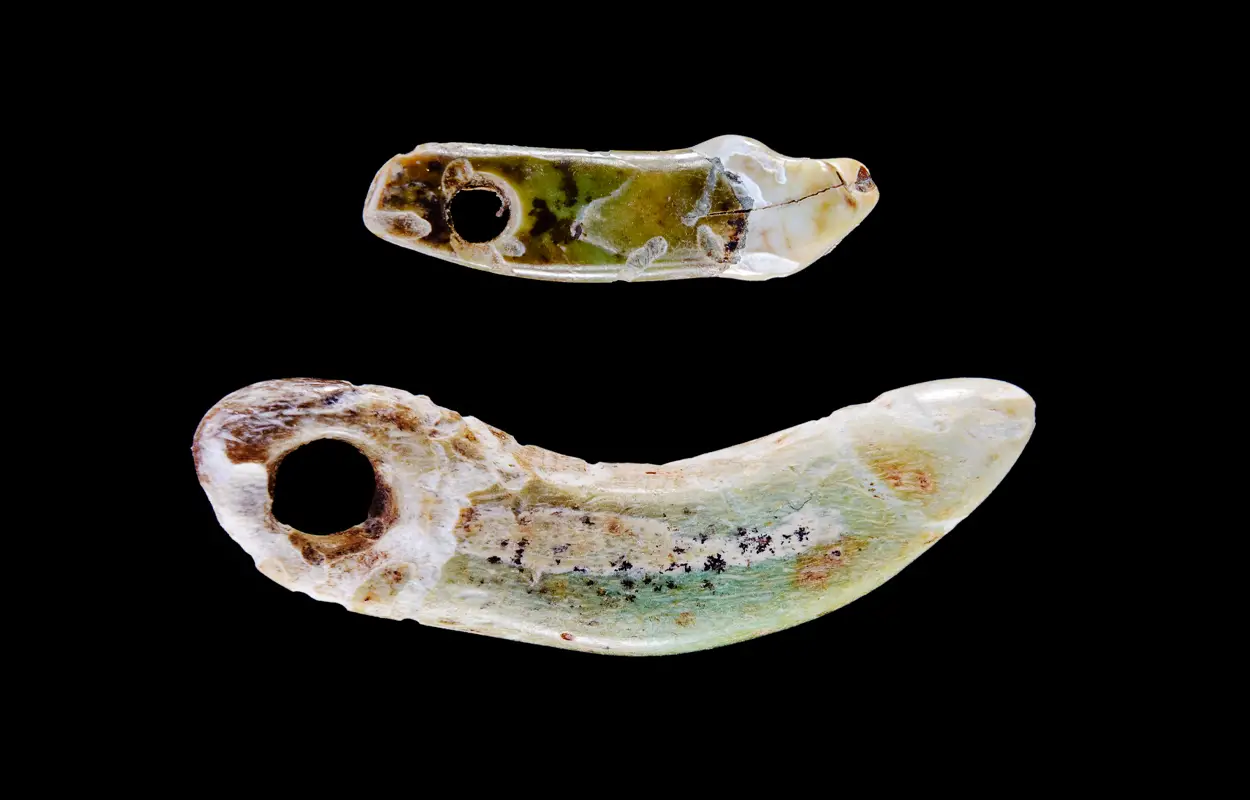Recent excavations in Saxony-Anhalt have provided new insights into prehistoric burial customs, particularly the use of animal teeth as personal adornment and jewellery.
In advance of the construction of a pipeline between the towns of Gleina (Burgenlandkreis) and Mücheln (Saalekreis), archaeologists from the State Office for Monument Preservation and Archaeology of Saxony-Anhalt have uncovered three successive settlements along with traces of numerous burial mounds.
According to the researchers, there appears to be no clear connection between the three settlements which date to the Late Neolithic period of the 3rd millennium BC.
The complexity of the site is further demonstrated with the discovery of a Bell Beaker settlement (2,500 to 2,000 BC) in the southern area, where archaeologists found various stone tools and ceramic shards.
Among the Late Neolithic burial mounds is a grave attributed to the Corded Ware Culture. The burial contains the exceptionally well-preserved skeletal remains of a woman along with animal rib bones deposited at her feet.
What sets this burial apart is the discovery of 99 animal teeth clustered around the woman’s skull, each perforated at the root. Archaeologists believe these are canine teeth from dogs and were probably worn as a form of head or neck jewellery.
Based on the green discoloration of several teeth, the researchers suggest that several objects made of copper or bronze were once deposited in the burial which have since corroded away.
According to the State Office for Monument Preservation and Archaeology of Saxony-Anhalt, the woman’s burial shows parallels with other burials of the Corded Ware Culture, in particular the double grave from Karsdorf (Burgenlandkreis) found in 2005, which contained numerous canine and incisor teeth of dogs that formed part of a neck or head ornament.
Header Image Credit : LDA
Sources : State Office for Monument Preservation and Archaeology of Saxony-Anhalt





